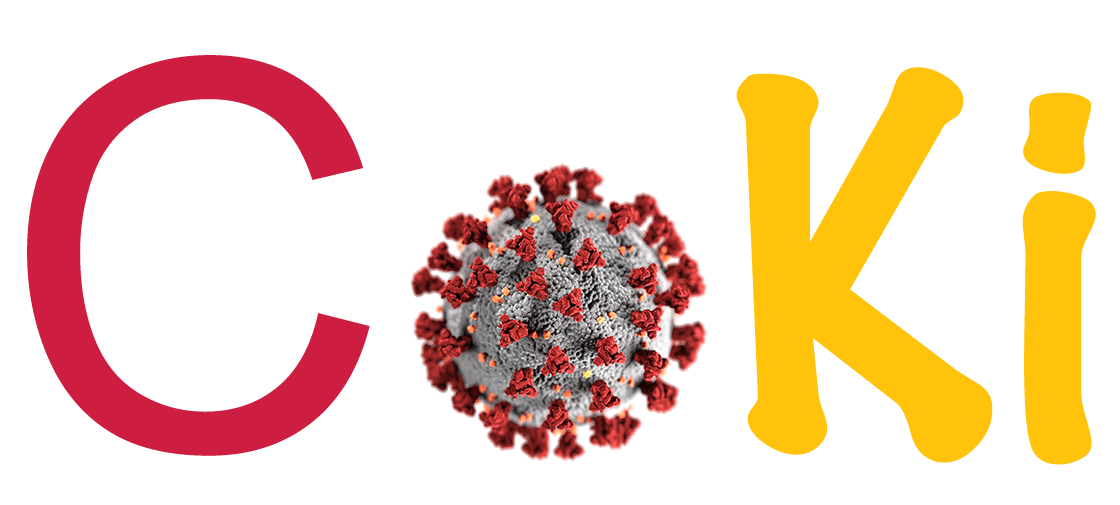

Current situation:
On the weekend of October 19, 2020, the RKI issued recommendations for prevention in schools, which also include a mask requirement in primary school classes if the number of infections goes up to> 50 / 100,000 / 7d.
(Recommendations by the Robert Koch Institute -> ‘Prevention measures in schools during the COVID-19 pandemic’)
Relevance:
Families around the world are in exceptional situations; parents are worried about their health, their financial existence and above all about the health of their children. So far, there is only an extremely small amount of data from non-European countries that have tested positive for corona diseases and corona AKs in children, considering the burden of disease / worries. Little is thus known about the duration of the prodromal stages or child-specific symptoms, so that little is known about the development of the course of the disease, the duration of virus excretion after infection, and the importance of “immunization” in children as possible sources of infection. Due to the absolute novelty of the occurrence of a COVID virus pandemic, this project can generate fundamentally new insights into the spread by children, the treatment of children and the severity of the disease and long-term progress in Germany [how does the relate to your first sentence about ‘non-European countries?]. Participation in the Corona child study gives families the opportunity to actively and effectively observe and document the state of health of their child in a situation that most parents perceive to be threatening, and to actively and effectively observe and document the state of health of their child [repetition] and thus, in the sense of citizen science research (Parent empowerment), to help develop a better understanding of the epidemiological relationships of coronavirus infections and their significance for childhood.
General situation:
The respiratory disease COVID-19, which is triggered by the SARS-CoV-2 coronavirus, first became noticeable at the end of December 2019 in the mega-city of Wuhan in the Chinese province of Hubei. It developed into an epidemic in the People’s Republic of China in January 2020 and eventually spread worldwide. In Germany, the first infection was confirmed on January 28, 2020. The current situation can be viewed, for example, on the Corona page of Johns Hopkins University: https://coronavirus.jhu.edu/map.html. It seems that children and adolescents are just as likely to be infected as adults, but their courses seem more often to be asymptomatic or characterized by the appearance of milder symptoms. There is a lack of scientific data on the frequency of serious illnesses, the duration of virus excretion, virus persistence and long-term courses in children.
Distribution of participants by federal state. First row: Name of the federal state, second line: Parents in the register, as absolute and relative frequency (as of 26.10.2020). Third line: Population in Germany in comparison, as absolute and relative frequency. The distribution of contributors corresponds approximately to the respective share of the population.
